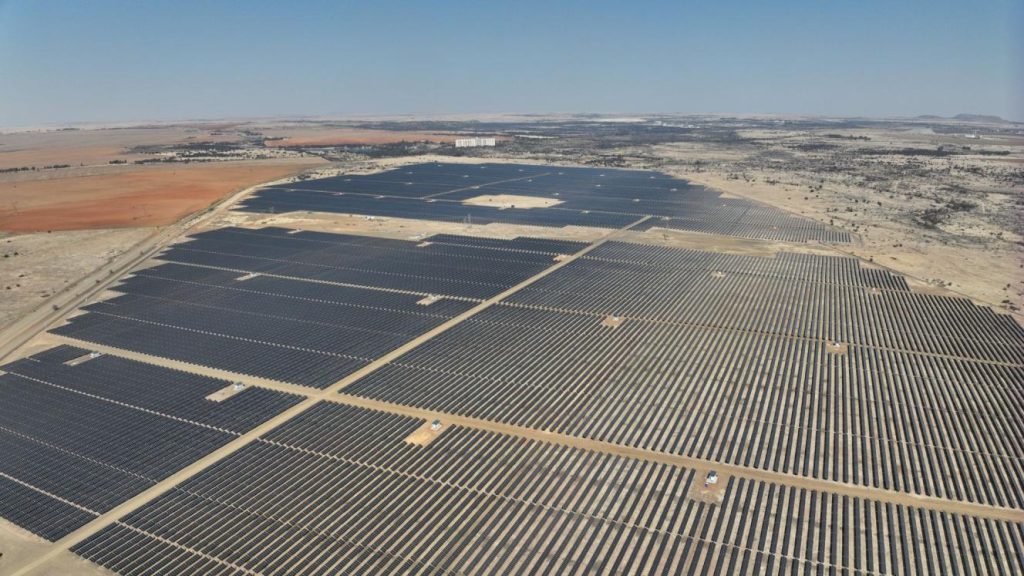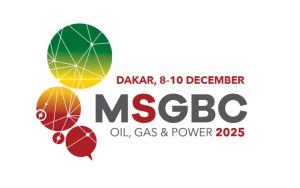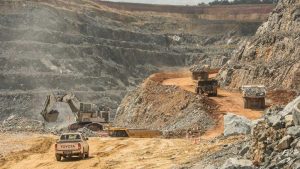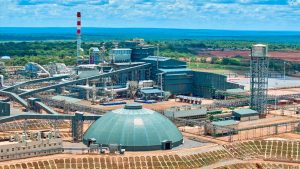Johannesburg, South Africa — In a major step toward its decarbonization and energy independence goals, Sibanye-Stillwater has commenced commercial operations at its Springbok solar photovoltaic (PV) plant in South Africa’s Free State province.
The project marks a significant milestone in the company’s renewable energy strategy and reflects the growing integration of sustainable power solutions across the African mining landscape.
Powering the Future of Mining
The 150 MW (AC) / 195 MWp (DC) Springbok facility was developed and financed by SOLA Group, a leading South African independent power producer (IPP). Under a long-term power purchase agreement, Sibanye will act as the anchor off-taker, securing 75 MW—half of the plant’s total output—over a 10-year term, with an option to extend.
As part of Sibanye’s 407 MW contracted renewable energy pipeline, the Springbok project follows the earlier commissioning of the Castle Wind Farm (89 MW). Together, these initiatives underline the company’s commitment to cleaner, more resilient energy systems for mining operations.
Efficiency, Cost Savings, and Emissions Reduction
The transition to self-generated renewable power is expected to deliver annual savings exceeding R60 million, reducing the company’s reliance on Eskom’s grid and mitigating exposure to escalating electricity tariffs.
The solar plant will supply approximately 4% of Sibanye’s total South African energy demand, while reducing carbon dioxide equivalent emissions by around 229,000 tonnes per year, representing roughly 3.6% of its Scope 1 and 2 emissions.
A Model for Sustainable Mining in Africa
Sibanye-Stillwater’s Chief Regional Officer for Southern Africa, Richard Stewart, emphasized that the project demonstrates both environmental responsibility and business foresight.
“The successful commissioning of the Springbok Solar Plant reinforces our long-term vision of achieving carbon neutrality by 2040. It’s a practical example of how renewable energy can strengthen operational performance while driving sustainability,” he said.
The company’s growing renewable portfolio showcases how large-scale mining operations can align profitability with environmental stewardship, supporting South Africa’s broader transition to a low-carbon economy.
Engineering a Greener Future
The launch of the Springbok plant illustrates the vital role that engineering innovation plays in Africa’s energy and mining transformation. By integrating renewable power solutions, miners like Sibanye-Stillwater are not only cutting costs but also contributing to the stability and modernization of regional energy infrastructure.
As the African mining sector continues to adapt to global sustainability demands, Sibanye-Stillwater’s renewable journey stands as a benchmark for forward-thinking, technology-driven mining operations across the continent.







